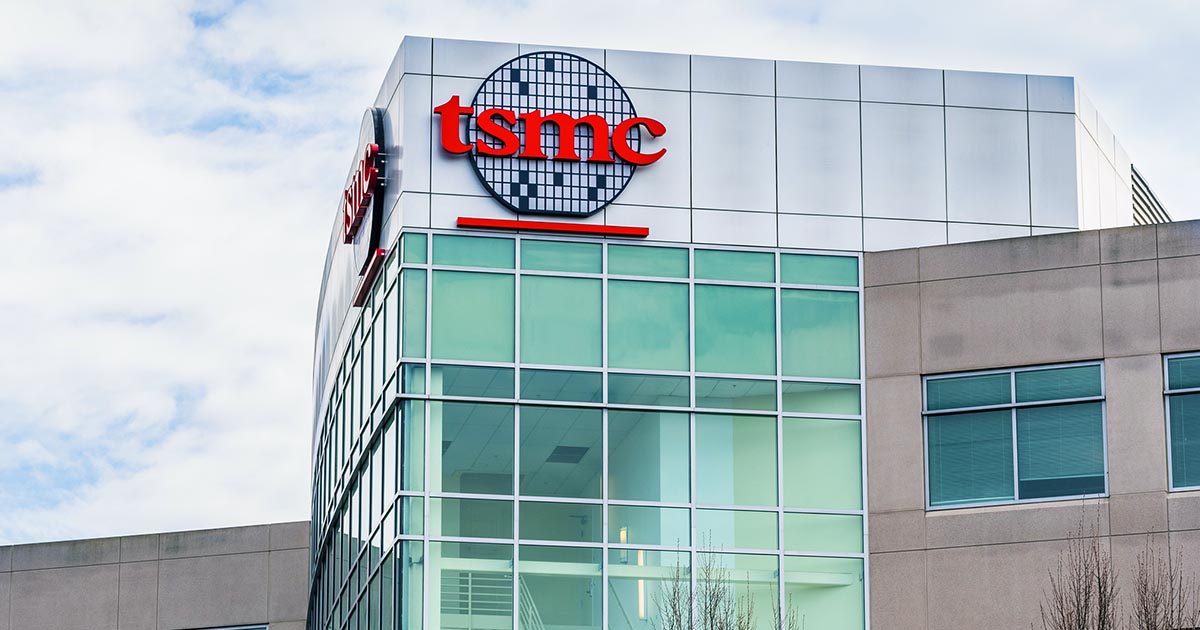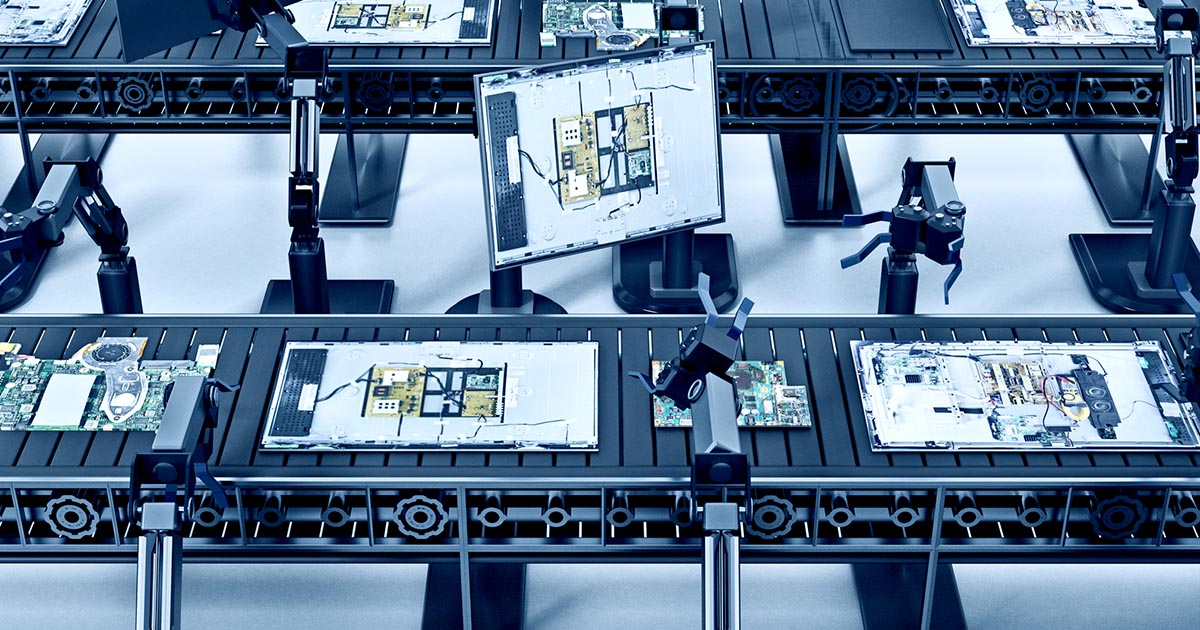Renesas Electronics CEO Hidetoshi Shibata recently commented that the global chip shortage could persist into 2022 because the demand still exceeds available production capacity. James Yang, president of Innolux Corp., expressed similar sentiments about the massive disruption in the supply chain.
In addition, DigiTimes reported foundry capacity in Taiwan is very tight, and local 6-inch wafer capacity is nearly booked through Q3 2021.
Last month, Ganesh Moorthy, incoming CEO of Microchip Technology, warned the worldwide crisis would not be resolved until next year.
Renesas CEO: Supply Constraints to Continue Into 2H21
Renesas’ chief executive indicated his corporation could not satisfy demand even after it significantly ramped up production.
Last month, the Japanese firm had a 60 percent utilization rate at its factories. However, it increased its output to address the component scarcity that has caused auto plants worldwide to close temporarily. The company pushed its 200mm Kyushu production line to near capacity in response to the abrupt cycle change.
Renesas is also running several of its Naka manufacturing facility nodes at their limits to ease the part shortfall. The plant is fully utilizing its 300mm wafer and 90nm analog component processes. It reactivated the latter facility’s previously dormant 40nm node to increase vehicle MCU and SoC output. However, end-market interest is so intense, those production lines are close to running at capacity.
The chipmaker has also tasked its foundry partner, Taiwan Semiconductor Manufacturing Company (TSMC), with fabricating its 40nm products. Though TSMC is producing six times as many MCUs as the Naka plant, Renesas’ supply still falls short of demand.
Shibata indicated the bottleneck's duration remains hard to predict, but he sees it persisting into the second half of 2021.
Taiwanese Capacity, Packing Service Very Tight
Innolux, a panel maker in Taiwan, predicts that the component shortage will take even longer to rectify.
Yang, president of Innolux, said foundry space is incredibly tight due to strong demand for 5G chips and automotive PMICs. He noted that semiconductor testing and packaging services are highly sought after, and it takes 11 months to deliver new backend equipment. He also said the crisis had not disrupted his company’s output, but panel lead times could be extended by 3 to 5 percent across the industry.
Yang believes those factors will drive the supply crunch into the first half of 2022.
DigiTimes, a Taiwanese-focused news agency, recently posted a story that aligns with Yang’s commentary. The publication noted local foundries have taken reservations for most of their 6-inch capacity through the third quarter of this year. The region’s providers experienced a recent surge of orders from analog IC, PMIC, diode, and MOSFET vendors.
Global Shortage Could Persist into 2022
Earlier this year, industry insiders projected that the global semiconductor shortage would end this summer after supply caught up with demand. But automotive and consumer electronics interest shows no signs of diminishing at present. And chipmakers and foundry providers running their facilities at capacity have not corrected the imbalance. As the first quarter nears its conclusion, those developments suggest a mid-year return to normal market conditions is unlikely.
On the other hand, forecasts of the crisis persisting into 2022 are becoming increasingly credible with each passing day.
As Innolux’s president explained, the complex nature of semiconductor fabrication makes quickly expanding production capacity extremely difficult. If no unused production lines are available, firms cannot quickly assemble new ones because of protracted equipment turnaround times.
The supply crunch is so severe, 200mm fabrication machines have recently become a hot commodity. Manufacturers worldwide have started snapping up outmoded tools since the older process can make contemporary automotive components. Applied Materials and Lam Research, two leading semiconductor production tool vendors, have become inundated with requests to refurbish decades-old products.
That development and continued intense end-market demand suggest the crisis will not reach an inflection point until sometime next year.


